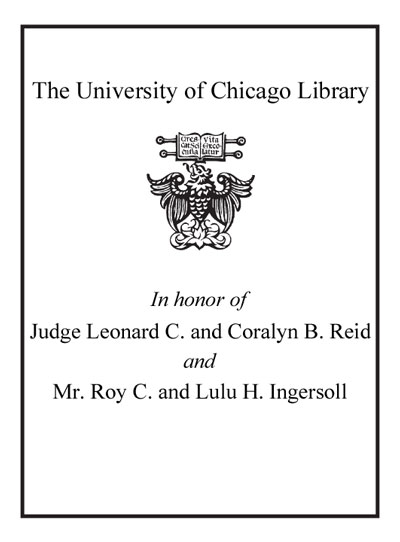| Summary: | For more than two centuries museums have preserved art, artifacts, and natural specimens, engaged and educated the public, and provided resources for research in areas from art history to zoology. Inside the Lost Museum explains the work of museums--collecting, preserving, displaying, and using collections--by considering their remarkable history. Museums make choices about what's worth saving. Inside the Lost Museum explores those choices, and the processes--from donation to purchase to expedition--that shape collections. Once collected, museum objects are numbered, cataloged, and conserved, and sometimes deaccessioned--processes that have their own hows and whys. Museums display art and artifact in many ways, from dioramas and period rooms to paintings on white walls and visual storage. Inside the Lost Museums reveals the meanings of those choices, and the ways that they have changed and continue to change, shaped by new technologies and ideologies. It also argues for the the value of museum collections for research, teaching, and community-building. Woven through Inside the Lost Museum is the story of the Jenks Museum of Brown University, a nineteenth-century museum of natural history, anthropology and "curiosities" that disappeared a century ago. The Jenks Museum's history, and a recent effort to re-imagine that museum as art, science and history, serves as a framework for understanding museums' long record of usefulness and service. Inside the Lost Museum considers the lessons museum history holds for museums today and tomorrow.--
|
|---|

